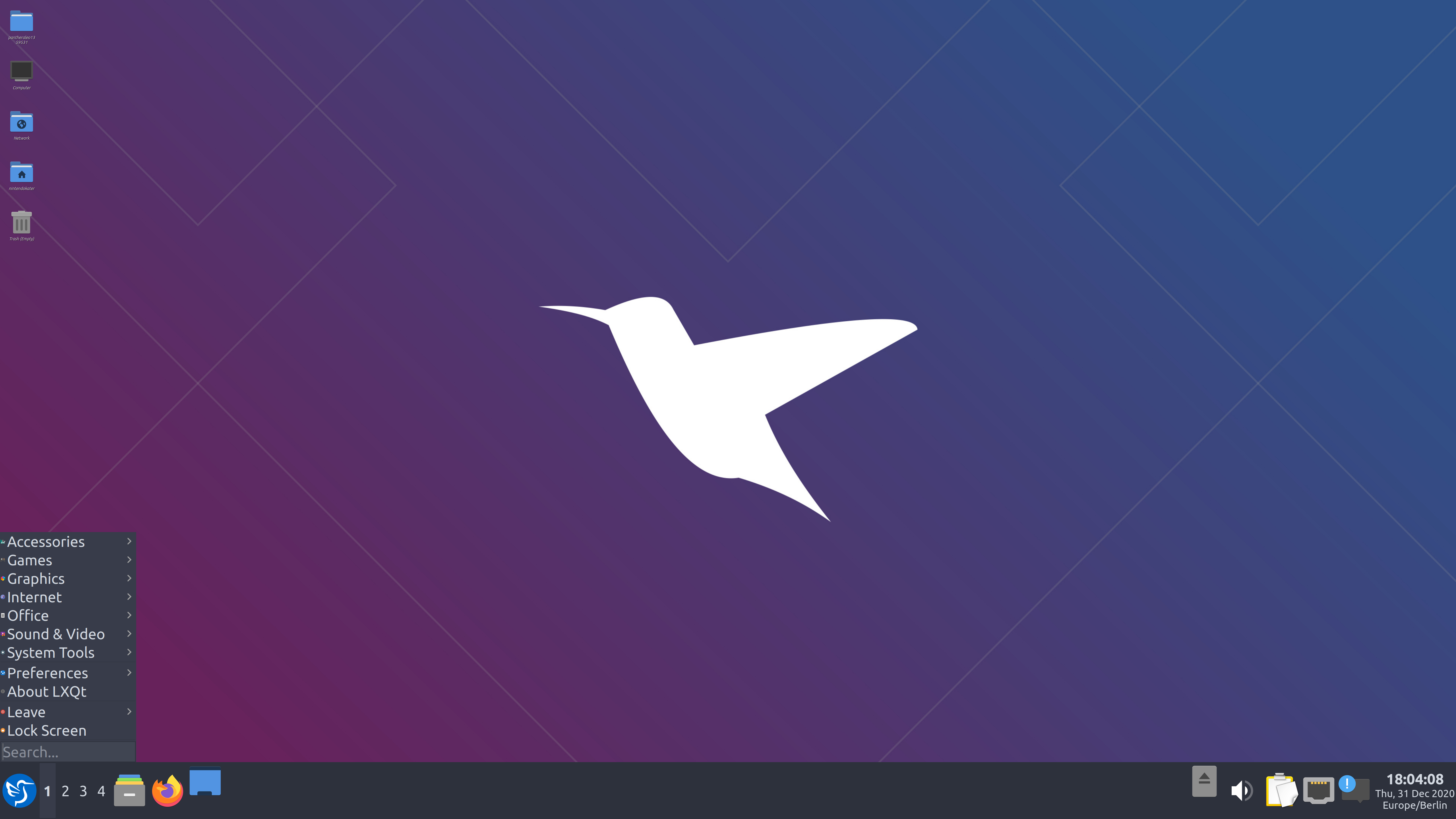

- #Ubuntu mini iso non pae install
- #Ubuntu mini iso non pae update
- #Ubuntu mini iso non pae software
- #Ubuntu mini iso non pae Pc
- #Ubuntu mini iso non pae windows
It’s also worth noting that starting from Lubuntu 18.10, the project has stopped releasing support for 32-bit images.
#Ubuntu mini iso non pae software
Due to this, it enjoys the same software and repositories as Ubuntu.Īfter Ubuntu MATE, Lubuntu is another Ubuntu variant that is fast, lightweight, and highly suitable for old computers, even though the Lubuntu team has shifted their focus from providing a distribution for old hardware to a functional yet modular distribution.

Minimum hardware requirements for Ubuntu MATE:Īny list of lightweight Linux distros for netbooks and older PCs is incomplete without Lubuntu, which is an official Ubuntu flavor. It’s even available for a credit card-sized powerful Raspberry Pi. We often undermine the small Linux distros that don’t use many resources, but that’s not the case here.
#Ubuntu mini iso non pae windows
Moreover, Ubuntu MATE also offers a polished Linux experience that would surely make the transition of any Windows user a pleasant experience. Moreover, do check out our article on the list of best Linux for gaming here! This is one reason you get a more refined look in this Ubuntu official variant that you can even run on your limited hardware system. MATE is one of the best desktop environments alongside GNOME, KDE, and Cinnamon. If I had to choose a “heavyweight” among this list of lightest Linux distros that can work on older machines, I’d choose Ubuntu MATE. The latest release of Ubuntu MATE based on Ubuntu 20.04 turned out to be an essential release of the distro packing two years of continued improvement to MATE Desktop and Ubuntu MATE itself. Minimum hardware requirements for Linux Lite: If you’re looking for a Linux distro that’s equally lightweight, beginner-friendly, and good-looking, your search should end here. This operating system has been growing at a rapid pace in the recent past.

Linux Lite was also recently featured on our list of the best Linux distros for new users. Minimum hardware requirements for Puppy Linux: It boots itself entirely into RAM on bootup, so it’s pretty fast and responsive. The developers of this lightweight Linux distro call it “grandpa-friendly certified,” which means it’s straightforward to use. Like many other Linux distros, you can also go for the live booting option using CD/DVD or USB.
#Ubuntu mini iso non pae install
It comes in both 32-bit and 64-bit versions, and one can install them on UEFI and BIOS-enabled PCs. Puppy doesn’t come with any popular preinstalled applications to reduce its size, but it’s understandable.
#Ubuntu mini iso non pae Pc
So, dump all your worries about less storage space on your old PC in a corner and try the lightweight Puppy Linux. Puppy Linux’s size is around 300MB, making it one of the smallest Linux distros. In more straightforward language, if you’re comfortable with apt-get, go with the Ubuntu version. Kernel /vmlinuz-2.6.10-1.770_FC3smp ro root=/dev/sdb2 rhgb quietĪnd here is what I have on the corresponding WindowsXP bootable NTFS partition boot.The choice of your binaries determines the availability of additional packages. Here is what I have on my Linux drive boot partition nf file that worked for me, of course you will have to modify it to accomodate your selected two OSes (Windows version and Linux version details): On my drives there is a format for a dual-boot setup that may work for you, however, as I have never used Grub2 afaik, it is in terms of Grub. I currently boot up a USB flash drive with Ubuntu 12.04.5 LTS. Or Windows? Putting Grub on Linux boot partition didn't seem to work so wouldn't it need to write toįor Linux, I believe Grub has been superceeded by Grub2 for current Linux distributions.

How do I get Linux bootloader to load at startup so I have the boot menu options to be able to select Linux I also partitioned Linux on install or before usually with 4. Since there was no boot menu and Windows would automatically run. Grub wasn't installed correctly to be able to give options to boot into Windows or Linux Third-party bootloader or go into the BIOS and select the drive Linux is installed on. (boot menu) In order to resolve this issue I had to either install a
#Ubuntu mini iso non pae update
Previously had a non-pae distro installed, but was unable to resolve update issues so it was removed.Īlso previouly had a dual-boot setup on separate drives (Windows & Linux) which worked except for I'm hoping this means if I do a actual "install" that this will work on my system. There was no error message and was able to go online with default browser. For testing I was able to boot up to a live Linux DVD distro with PAE kernel support.


 0 kommentar(er)
0 kommentar(er)
